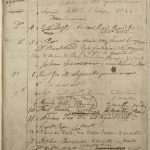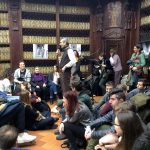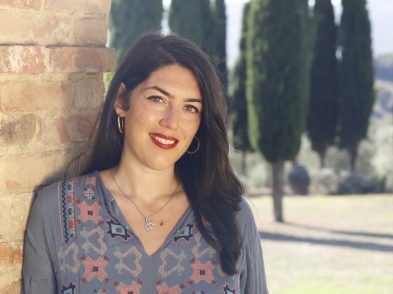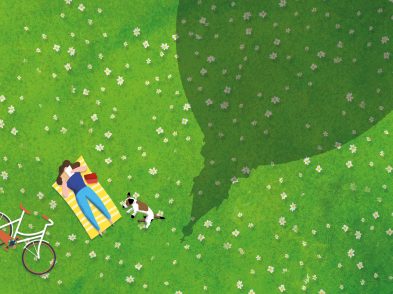The Gabinetto Vieusseux is celebrating its 200th anniversary, with two years of exhibitions, publications and events, in the name of reading and civil progress.
- Palazzo Buondelmonti – First headquarters of the Gabinetto Vieusseux
- Portrait of G.P. Vieusseux (tempera by Emilio Vieusseux, 1852)
- Alessandro Bonsanti, director of the Gabinetto Vieusseux 1941-1979
- Eugenio Montale, director of the Gabinetto Vieusseux 1929-1938.jpg
- Giangiacomo and Inge Feltrinelli at the Gabinetto Vieusseux, 1959
- Sala Ferri, Gabinetto Vieusseux, Palazzo Strozzi, Florence
- Libro dei Soci, 1843
- The author Maurizio Maggiani in Sala Ferri during the conferences Scrittori raccontano Scrittori
Founded by Giovan Pietro Vieusseux on January 25, 1820 in Palazzo Buondelmonti in piazza Santa Trinita, the institution changed the course of Italian and European culture, educating future generations of readers and enticing the global literati.
A cultured and enterprising merchant from Geneva, Giovan Pietro Vieusseux decided to establish a centre for reading at a time when Florence was becoming a cosmopolitan city. He envisaged it as a place where people could browse Italian publications but above all reading matter “from overseas and over the mountains”. Open by subscription, the Gabinetto Vieusseux became a centre of excellence for debate and learning, a gathering place for the intelligentsia of the time. Stendhal, Arthur Schopenhauer and Heinrich Heine were among the earliest members and Giacomo Leopardi and Alessandro Manzoni met here for the first time on September 3, 1827. Émile Zola, André Gide and Fyodor Dostoyevsky followed suit. Determination and a modern flair for marketing meant that Vieusseux was successful in quickly involving the most dazzling personalities of the period, not purely in literature but in the sciences too. Following Vieusseux’s death in 1863, the centre was subsequently directed by Eugenio Montale, Alessandro Bonsanti, who created the Contemporary Archive and helped to save most of the library’s books during the 1966 flood, and Enzo Siciliano, who enriched (and continues to enrich) collections featuring manuscripts, letters and documents by writers like Cristina Campo, Pier Paolo Pasolini, Federigo Tozzi, Alberto Savinio, Giuseppe Ungaretti, Giorgio Caproni and Vasco Pratolini. These archives remain available to scholars, writers, teachers and everyone who promotes Italian literature around the world.
Now chaired by two women for the first time in its history—Alba Donati as president and Gloria Manghetti as director—2020 will bring a series of events to celebrate the historic centre, starting with The Vieusseux of the Vieusseux. Books and readers between the 19th and 20th centuries, 1820–1923 exhibition, opening at Palazzo Corsini Suarez on January 25. Throughout the year, the centre will be publishing original correspondence, such as the extraordinary letters sent between Alessandro Bonsanti and Carlo Emilio Gadda over a 30-year period as well as discussions about key 19th- and 20th-century authors like Friedrich Hölderlin and Ezra Pound, while writers such as Antonio Scurati and Claudia Durastanti will talk about contemporary classics. Furthermore, a New Millennium Writers Archive will bring together books and documentation donated by leading contemporary Italian woman authors like Silvia Avallone, Silvia Ballestra, Melania Mazzucco, Michela Murgia, Valeria Parrella, Elena Stancanelli, Nadia Terranova, Chiara Valerio and Simona Vinci.
The Gabinetto Vieusseux stores 600,000 books, 160 archives, more than 750,000 documents and 2,900 works of art, including paintings, drawings and sculptures across two locations (Palazzo Strozzi and Palazzo Corsini Suarez).
















